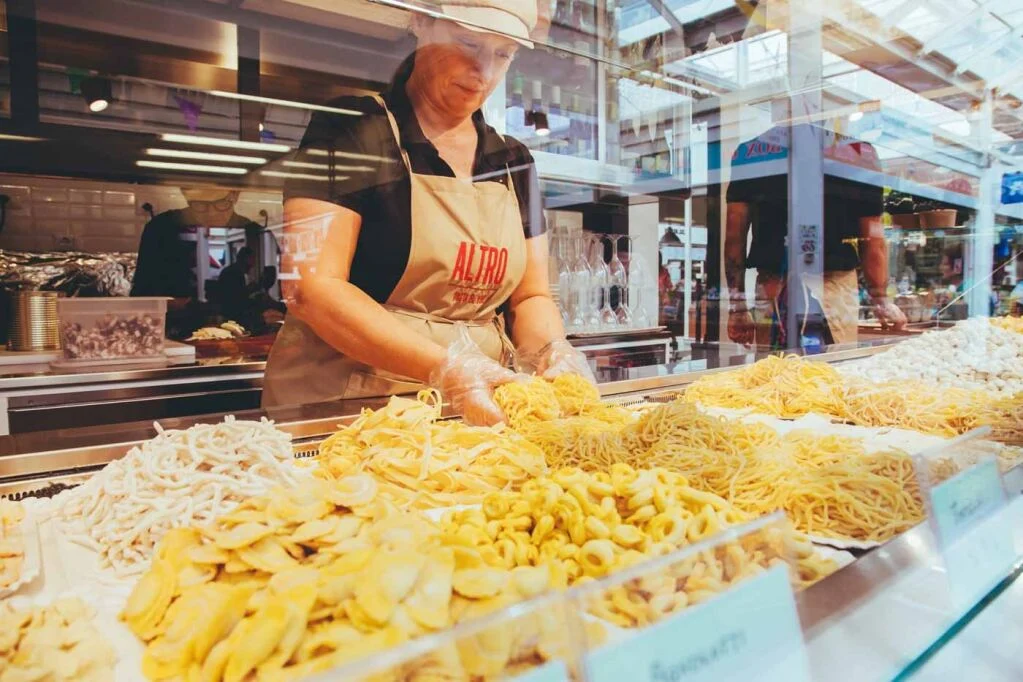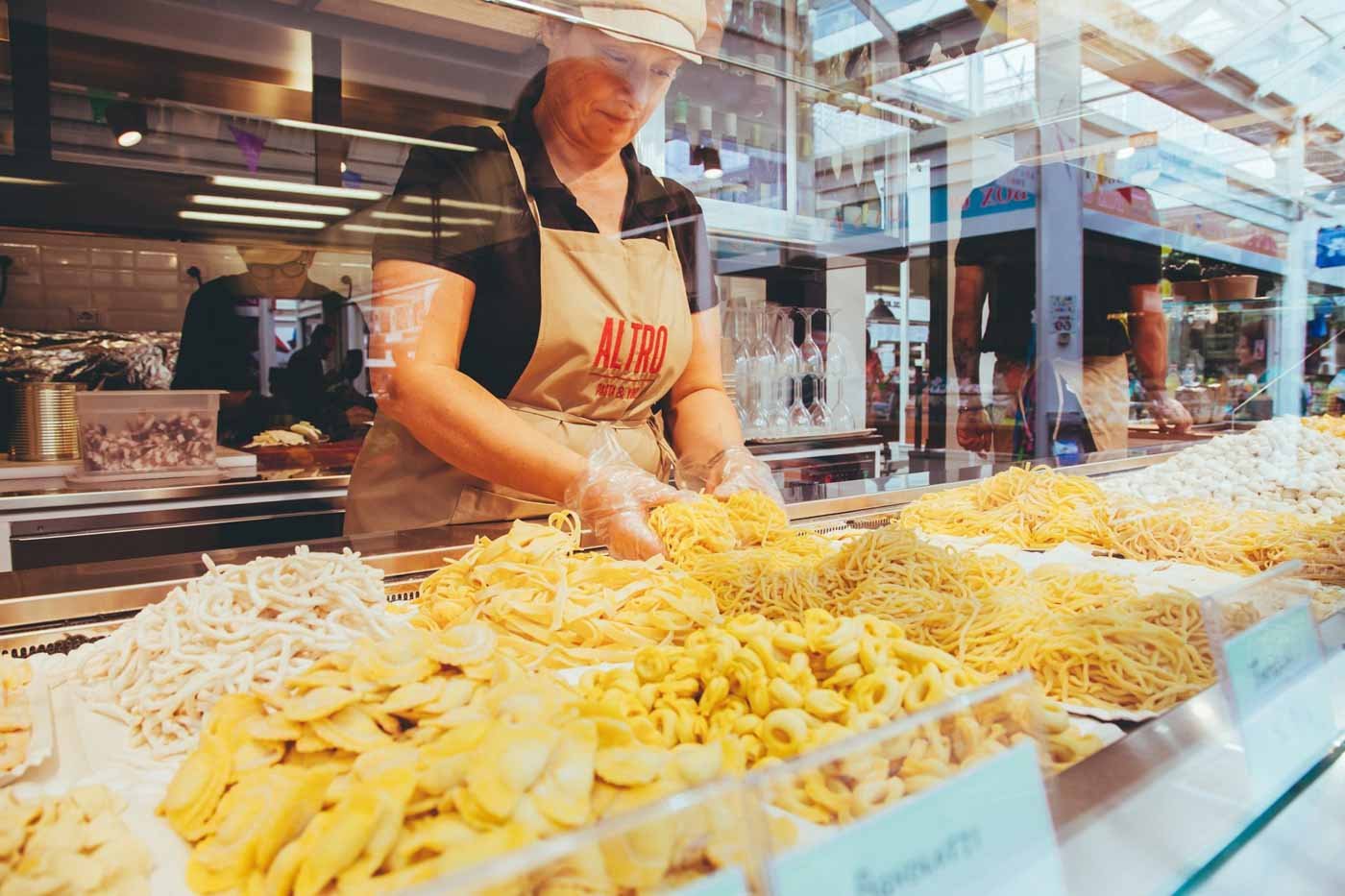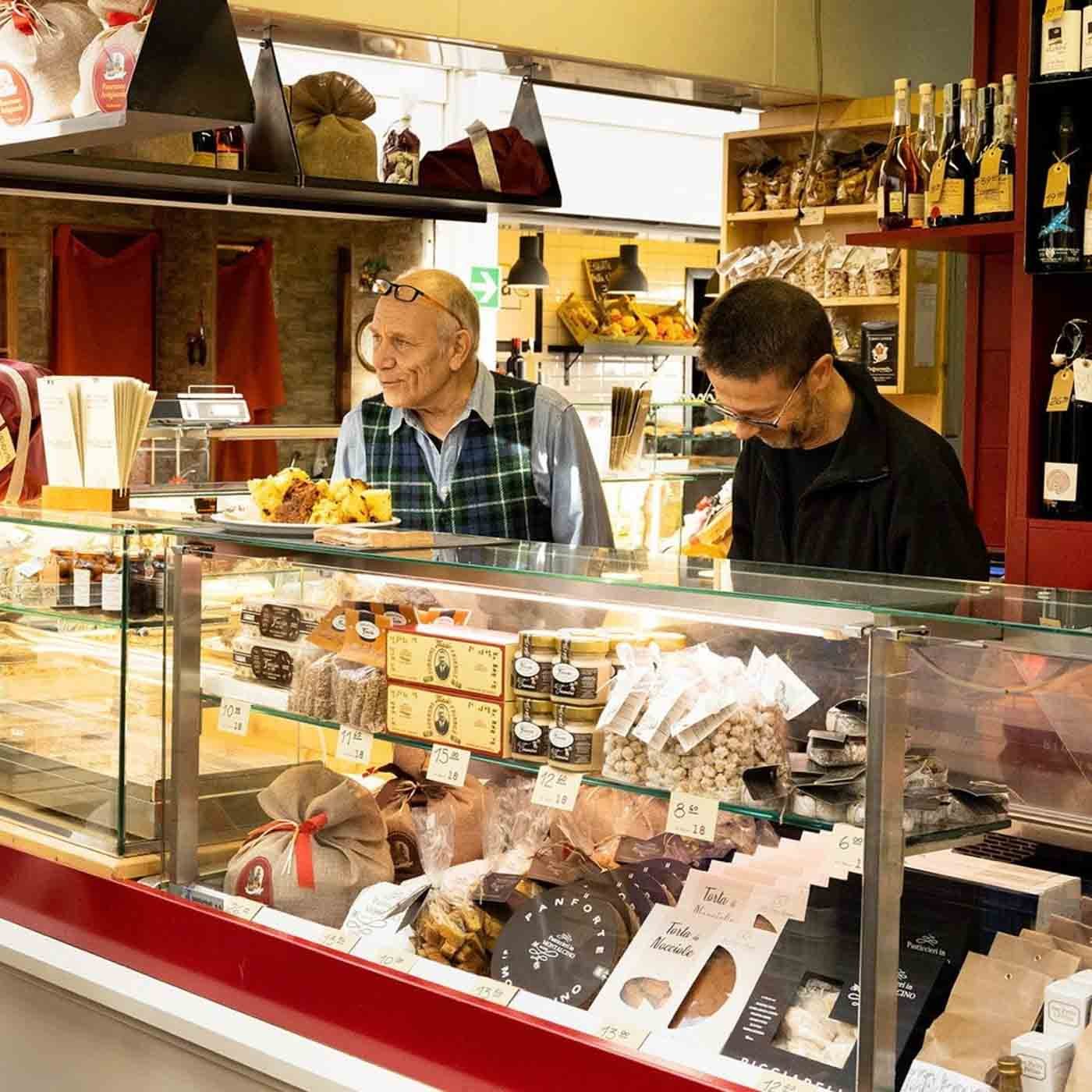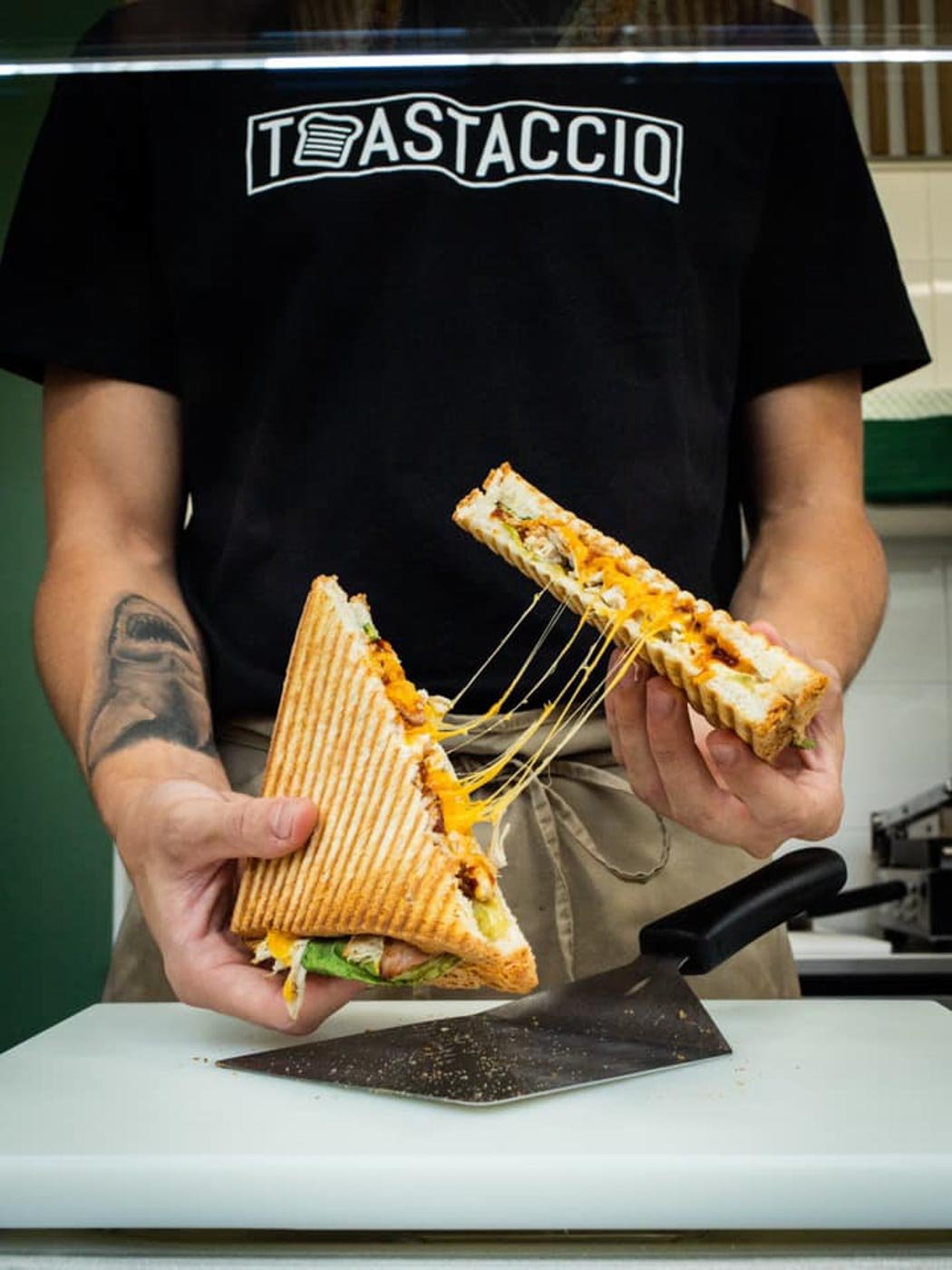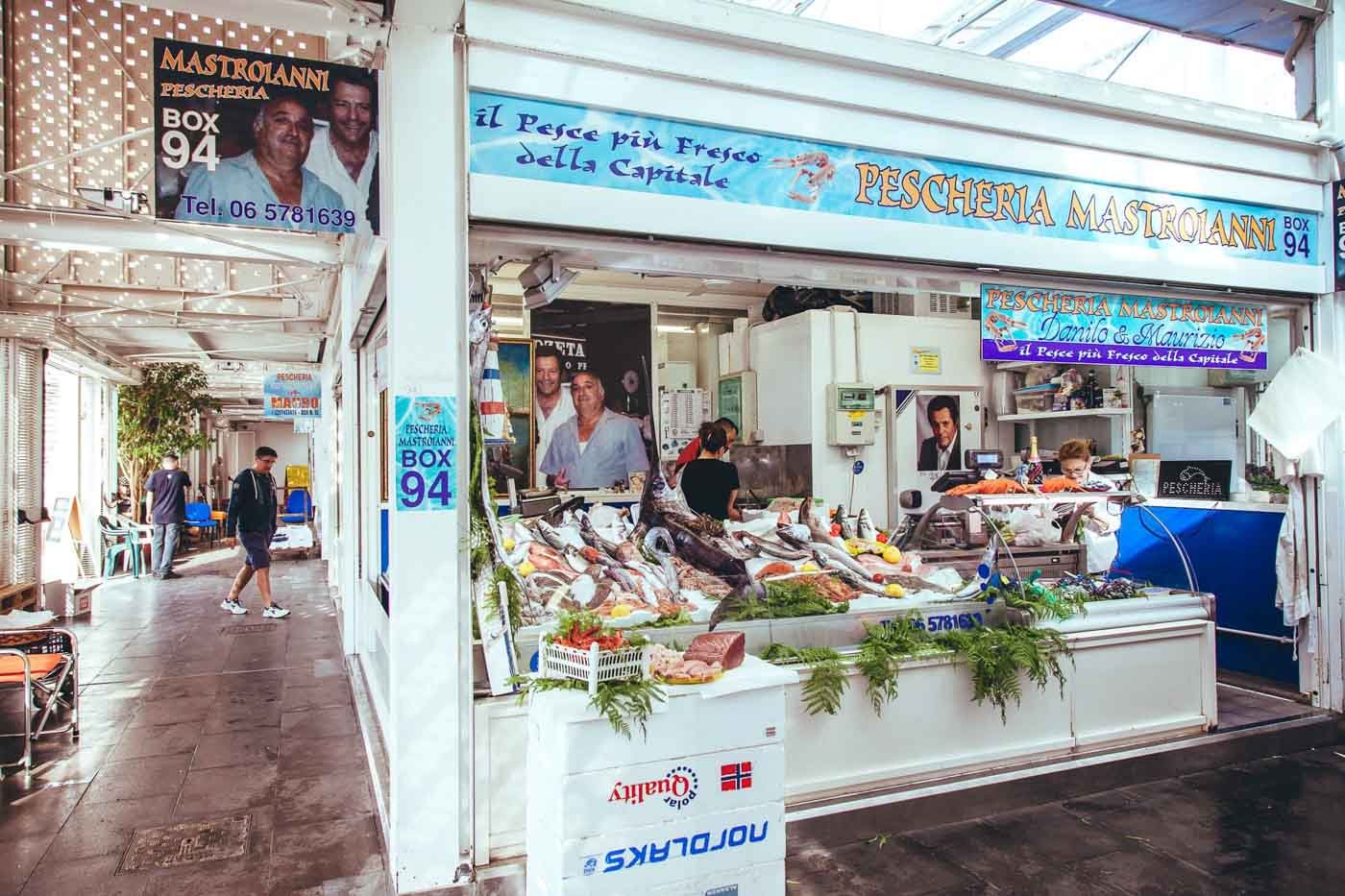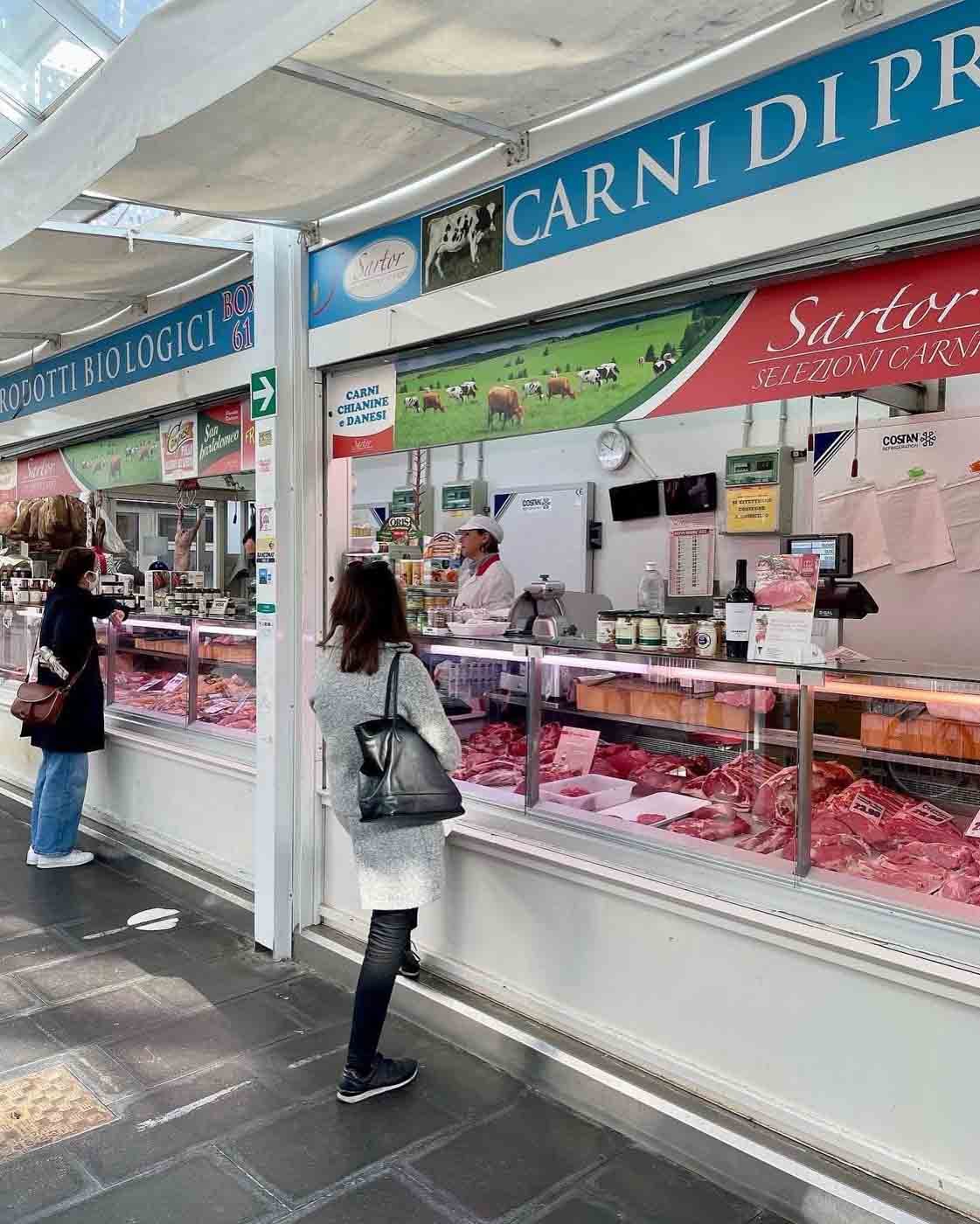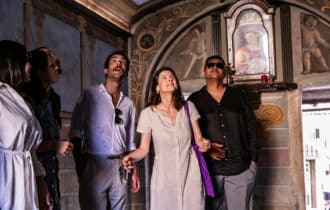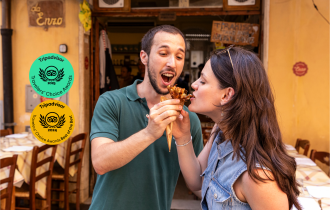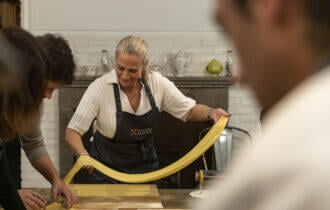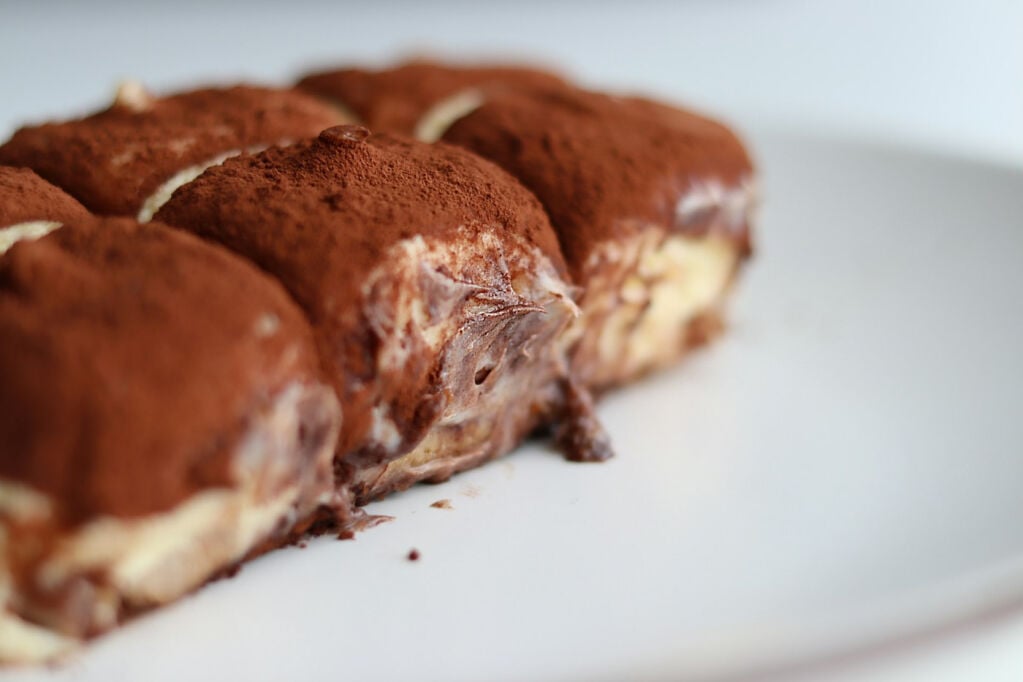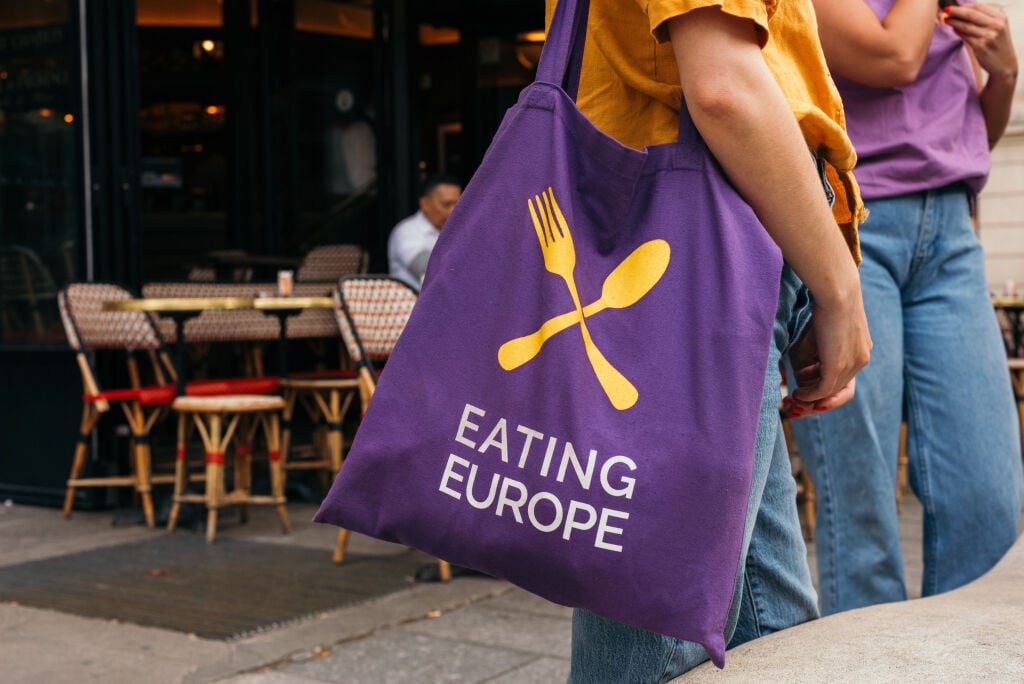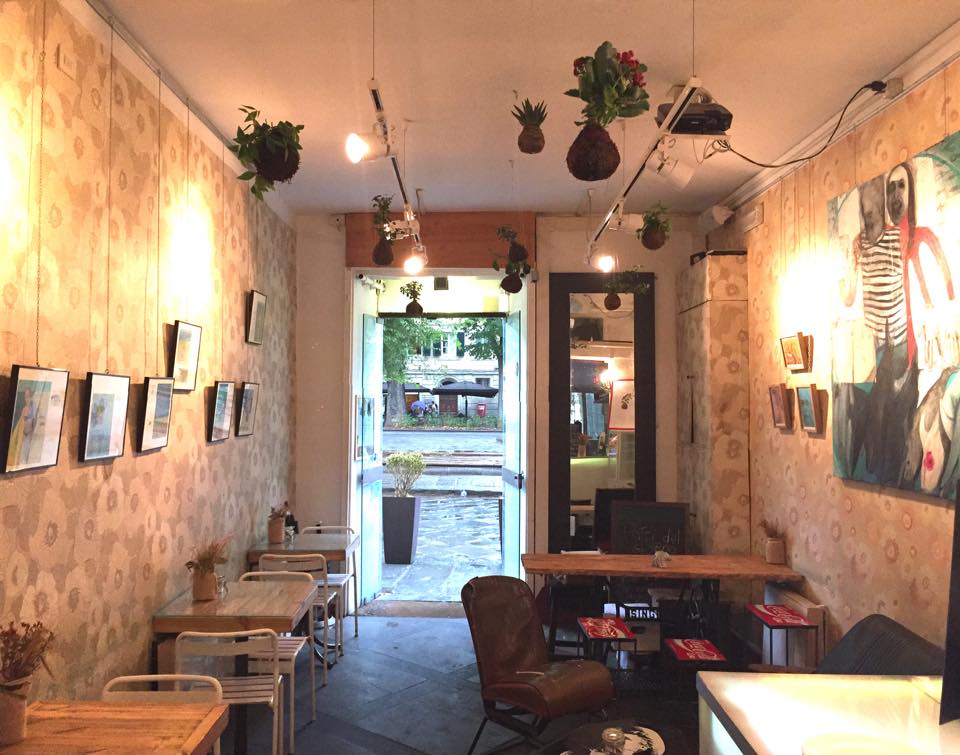Rome’s Testaccio neighborhood is the culinary heart of the Eternal City. So, it only makes sense that Testaccio Market is the soul of so many amazing classic Roman foods.
Testaccio Market isn’t like other European urban markets. It has a vibe all its own that is a glorious amalgam of locals chatting, food sizzling, fresh ingredients on full display, and a constant aroma that promises you’re in for something special.
I would even argue that no Rome food tour is complete without an extended experience in the Testaccio Market.
The History Behind the Market: From Slaughterhouse Roots to Local Legend
Photo credit: Testaccio Market
Don’t be tempted into thinking that the Testaccio Market is just a collection of food stalls. In the real world, it’s a reflection of Rome’s soul, rooted in the gritty, proud history of the city’s working-class heart.
The market was born in the shadow of the Mattatoio, which is the old slaughterhouse that once defined the neighborhood. Over time the market grew alongside it to support the butchers, porters, and families who lived off the land and every cut of the animal.
The nearby Monte Testaccio is an ancient hill formed from millions of discarded olive oil amphorae that now stand as a monument to the area’s long-standing role in food storage during the heydays of the Roman Empire.
The original Testaccio Market moved from its original home in Piazza Testaccio in 2012 to the sleek, modern Nuovo Mercato di Testaccio. In a time of rising rents and slow gentrification, the market remains a living shrine to local flavor, where tradition isn’t just preserved but fiercely defended in the ingredients and traditional flavors you find throughout the city.
What to Expect: Market Layout and Atmosphere
Photo credit: Testaccio Market
Stepping into the Nuovo Mercato di Testaccio, you’re greeted by a clean, contemporary space that’s perfectly flooded with natural light. The atmosphere pulses with an old-school Roman charm that reflects the traditional soul of the generations-old Testaccio Market.
The various food stalls are neatly organized by type. You’ll find vibrant produce in one section. Most of which is locally sourced. Then fishmongers and butchers line another section, which prevents accidental cross-contamination.
Yet I think the real gem Testaccio market is the irresistible row of ready-to-eat food vendors dishing out classics like supplì and panini. All are made with traditional ingredients and techniques that harken back to the old Testaccio market while adding a pinch of moden flair. So, despite the modern facelift, the market keeps its gritty soul intact.
Must-Visit Stalls and What to Eat at Testaccio Market
Photo credit: Testaccio Market
Testaccio Market is a literal feast for the senses and offers an authentic taste of some of the best foods in Italy. Start at Mordi e Vai, a legendary stall where former butcher Sergio Esposito fills crusty panini with slow-cooked Roman classics like trippa alla Romana or picchiapò (simmered beef with tomato and onion). Locals line up for this no-frills soul food between errands. A few steps away, Casa Manco reinvents pizza al taglio with toppings that range from seasonal veggies to spicy ‘nduja.
Don’t miss the stalls selling organic bread, pecorino romano, olives, and seasonal produce, ideal for assembling a picnic. And for a true surprise, wander into corners of the market serving tacos, sushi, Sicilian supplì, Venezuelan arepas, and Jewish-style artichokes—proof that even Rome’s most traditional markets are evolving.
Best Food Stalls in Testaccio Market
To get a true taste of Roman street food I think you need to stop at one or all of the following food stalls in Testaccio Market.
Mordi e Vai
This iconic Testaccio Market stall is a favorite for panini stuffed with traditional Roman dishes like trippa alla Romana and picchiapò. Run by a former butcher, I think it’s a must-stop for authentic Roman street food with soul.
Casa Manco
Known for its creative take on pizza al taglio, Casa Manco serves airy, crisp-edged slices topped with inventive seasonal ingredients. I admit that I’d never tried zucchini blossoms on a pizza, and now I want to grow zucchini at home just to top a pizza with them again!
Trapizzino
A modern Roman street food invention, Trapizzino features triangular pizza pockets filled with hearty classics like oxtail stew or chicken cacciatore. It feels a little bit like a Napolitano fried pizza and an empanada in one. I think it’s the perfect blend of sandwich portability and traditional Roman flavors.
Spiros Bistrot Stall
Offering a mix of Mediterranean and international flavors, Spiros serves generous portions of dishes like Greek moussaka, couscous, and Roman comfort food. Regulars praise its laid-back vibe and well-priced, satisfying meals.
Insider Tips for Visiting Like a Local
Photo credit: Testaccio Market
To experience Testaccio Market like a true Roman, aim to visit on a weekday morning when the stalls are lively but haven’t been overwhelmed by the local lunch crowd. I think it’s a great time of day to chat with vendors, explore the daily specials, and see where locals shop. It does help to bone up on your Italian too, as not every vendor in Testaccio Market is fluent in English.
While many stalls now accept cards, cash is still king in Testaccio Market. Especially with smaller food or produce vendors. So, it’s always wise to bring some euros. Plan to spend at least 1 to 2 hours browsing, eating, and soaking in the atmosphere, especially if you’re planning to graze your way through multiple stalls.
Be on the lookout for daily specials that reflect what’s freshest or in season, and don’t be shy. Many vendors will happily offer samples, especially for cheeses, olives, or cured meats.
After a market meal, I like to take a short stroll to Monte dei Cocci. It’s an ancient mound of Roman-era pottery that speaks to the area’s deep past. The Mattatoio Museum is also nearby and is another perfect stop to add to your day tour of the Testaccio neighborhood.
How to Order Food in Testaccio Market Like a Local
Photo credit: Testaccio Market
To order food in Testaccio Market like a local, start with a warm “buongiorno” and a smile. Friendly greetings go a long way in this working-class neighborhood’s market.
Most vendors appreciate it when you try to speak a little Italian. Especially since most of them aren’t fully fluent in English. So learning a few of the following key phrases will help you order better, and create a connection
Vorrei means “I’d like…”
Posso avere means “Can I have…”
Per favore means “Please.”
Grazie or Grazie mille means “Thank you” or “Thank you very much”
Mi consiglia qualcosa? means “Do you recommend something?”
Quanto costa? means “How much does it cost?”
È possibile assaggiare? means “Is it possible to taste?”
I find that having these little phrases in your hip pocket really opens the door to special suggestions and services that go beyond what you’d get if you were a normal tourist.
Don’t be shy about asking questions or for recommendations. A lot of vendors rotate dishes daily, and locals often ask what’s fresh or popular that day. It’s also common to eat on the spot, just find a counter or corner and dig in.
If you want to sample before buying, many vendors will happily offer a small taste, especially for cheese, olives, or bread. Keep some small bills or coins handy and remember that patience and curiosity are key ingredients for a memorable Testaccio market experience.
Is Testaccio Market Worth Visiting? Final Thoughts
Testaccio Market is one of those must-try experiences to add to a Rome food tour. Not just for the food, but for the flavorful immersion into everyday Roman life. Unlike the more tourist-filled Campo de’ Fiori, Testaccio offers a refreshingly authentic atmosphere where locals outnumber visitors and traditional Roman dishes are served with genuine pride.
It’s one of my favorite places to grab a tripe panino, pick up aged pecorino, and chat with a pizzaiolo all in the same visit. No matter what I’m doing in Rome, I always build a little time in my itinerary to stop in the Testaccio Market for a leisurely lunch, with a little laid-back shopping, and a spot of people-watching.
Testaccio Market is more than just a place to eat—it’s a living slice of Rome, where history, culture, and cuisine intersect. Whether you’re sampling street food, browsing artisan products, or simply soaking in the vibe, you’ll walk away with a deeper, more flavorful understanding of the city.
Sources:
Eating Europe. (n.d.-b). Rome food tours. https://www.eatingeurope.com/rome/
Eating Europe. (n.d.-c). The best food in Italy: 16 dishes you must try. https://www.eatingeurope.com/guides/best-food-in-italy/
Italia.it. (n.d.). Testaccio market: A Roman food experience. https://www.italia.it/en/lazio/rome/testaccio-market

